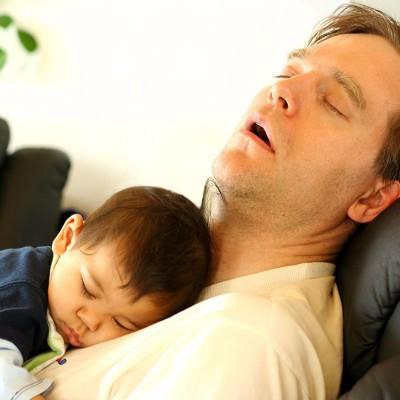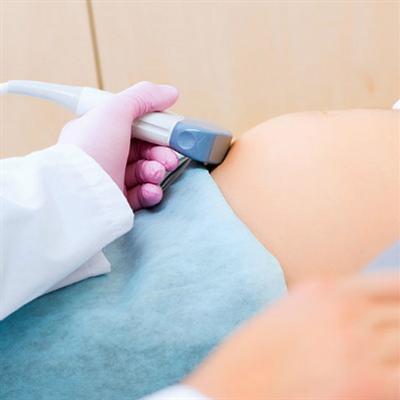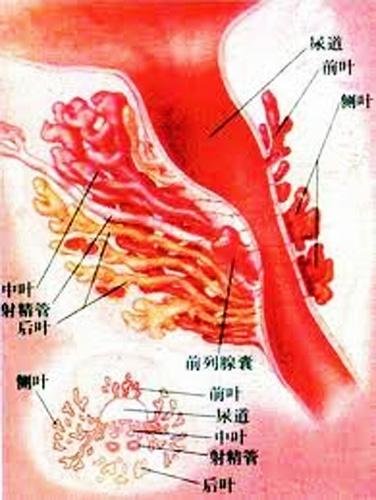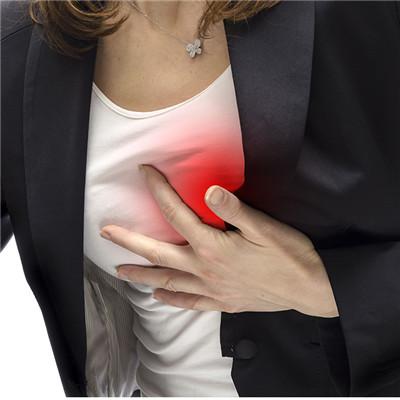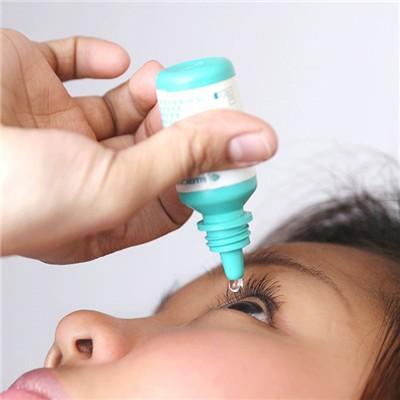How to treat cervical spondylosis
summary
Cervical spondylosis has become the killer of urban white-collar workers. It is normal for cervical spondylosis to have problems due to long-term sedentary inactivity. Let's share with you the treatment of cervical spondylosis.
How to treat cervical spondylosis
Method 1: analgesic, sedative and vitamin (such as B1 and B12) can be selectively used in drug treatment, which has certain effect on relieving symptoms. Glucosamine sulfate and chondroitin sulfate can be used as support therapy. Glucosamine sulfate and chondroitin sulfate are used in the treatment of osteoarthritis in all parts of the body. These cartilage protectants have anti-inflammatory and anti cartilage decomposition effects to a certain extent. Basic studies have shown that glucosamine can inhibit the production of inflammatory factors by spinal nucleus pulposus cells, and promote the synthesis of glycosaminoglycan, a component of intervertebral disc cartilage matrix. Clinical studies have found that injecting glucosamine into the intervertebral disc can significantly reduce the low back pain caused by degenerative disc disease, and improve the spinal function. Some cases reported that oral glucosamine sulfate and chondroitin sulfate can reverse the degenerative changes of intervertebral disc to a certain extent.

Method 2: when the symptoms of various types of cervical spondylosis are basically relieved or in a chronic state, medical gymnastics can be started to promote the further elimination of symptoms and consolidate the curative effect. In the acute stage of symptoms, local rest should be taken, and exercise stimulation should not be increased. When there are obvious or progressive symptoms of spinal cord compression, it is forbidden to move, especially the cervical spine backward movement. When cervical spondylosis of vertebral artery type occurs, the neck rotation should be gentle and slow. Attention should be paid to the strength and rotation range to avoid strain.
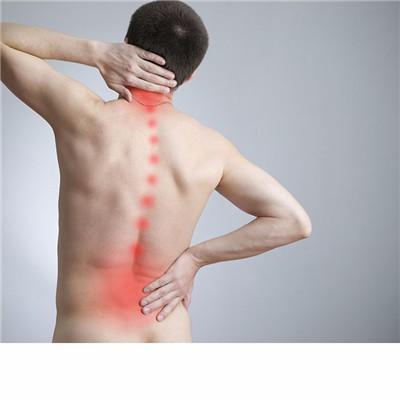
Method 3: traction treatment "traction" in the past is one of the preferred methods for the treatment of cervical spondylosis, but in recent years, it has been found that many patients with cervical spondylosis after using "traction", especially those who use "traction" for a long time, have played a counter effect on the treatment of cervical spondylosis, which is not cured, but more serious.

matters needing attention
People with cervical spondylosis should not be sedentary for a long time in life. They should get up and exercise from time to time. They should also pay attention to actively participate in physical exercise, maintain good sleep habits, and maintain good sitting posture at ordinary times.


